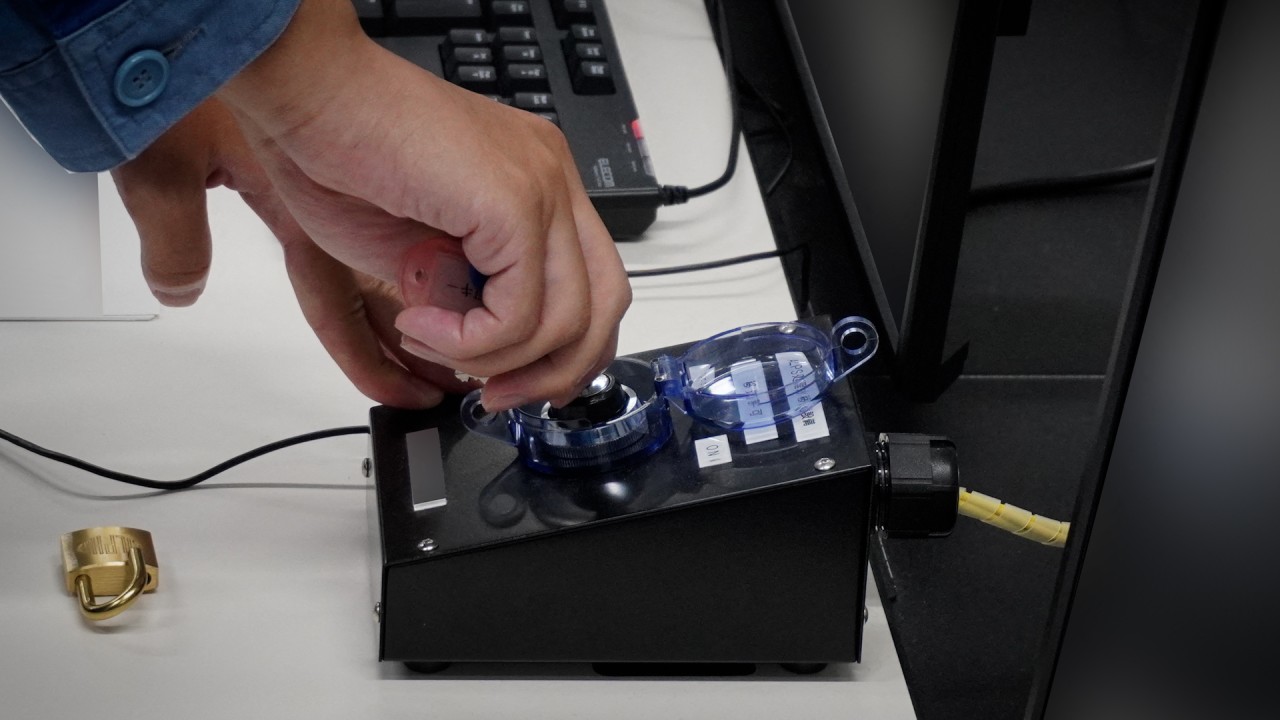
China joins mission to test seas, marine life around Japan’s Fukushima nuclear plant for radioactive content
- IAEA inter-lab mission to test water, sediment and seafood follows second waste discharge from stricken plant
- This is the first time a Chinese lab has joined an ILC marine mission to the tsunami-wrecked site since they started in 2014.
In the mission lasting until Monday, experts from Health Canada, the Korea Institute of Nuclear Safety and the Third Institute of Oceanography of China’s Ministry of Natural Resources will seek to determine whether there are significant statistical differences in results between laboratories.
It is the first time a Chinese lab has joined an ILC environmental monitoring mission to the Japanese site since they started in 2014.
Two staff from IAEA Marine Environment Laboratories in Monaco are also taking part in the monitoring missions. The teams will send “identical samples” to their respective labs for analysis, according to the agency.
The ILC missions began “at the request of the Japanese government” according to a press release last week from Japan’s Nuclear Regulation Authority.
“The aim is to corroborate the analyses made by Japan, and to share these results in a transparent manner,” the IAEA said in an emailed response to the South China Morning Post on Wednesday.
The IAEA will also compare the results taken in this mission with samples taken last year “to determine whether any changes have occurred in the levels of radionuclides in the marine environment since the ALPS-treated water discharges began in August”, it said in a press release last Tuesday. ALPS is Japan’s advanced liquid processing system.
From 2014 to 2020, some 10 environmental monitoring missions involving 25 labs were carried out. Most of the labs were from Japan and taking part on behalf of the authorities, according to the IAEA. Labs from Ireland and New Zealand took part in 2015 while those from Canada and Switzerland were involved in 2019.
Why do many scientists oppose Fukushima radioactive waste discharge?
During the monitoring, multiple species of seafood are caught and tested for caesium, and seawater samples are tested for tritium, strontium, caesium and plutonium.
From analyses conducted from 2017 to 2020, “it can be concluded that over 97 per cent of the results were not significantly different from each other”, Florence Descroix-Comanducci, director of IAEA laboratories in Monaco, was quoted as saying in a 2021 press release.
The international laboratories taking part all belong to the IAEA’s Analytical Laboratories for the Measurement of Environmental Radioactivity, a network of 200 labs representing 90 countries.
These labs “are brought on board because of their analytical proficiency”, the IAEA said.
China has four labs in the network – associated with the ministries of natural resources and agriculture, the state-owned China National Nuclear Corporation and the Chinese Academy of Sciences.
China has called for Japan to allow international monitoring at the Fukushima plant.
“China remains unequivocal about our opposition to Japan’s ocean discharge of the Fukushima nuclear-contaminated water,” foreign ministry spokesman Wang Wenbin said last week.
Even though Chinese experts are taking part in the mission, Wang said because the mission is being carried out by the IAEA under the request of the Japanese government, it still “falls short of an international monitoring arrangement” in which stakeholders would have full participation.
As Japan pushes to sell Southeast Asia more seafood, will consumers bite?
The results will be published by the IAEA after the monitoring and testing ends. Also, the agency’s first task force to visit Japan since the waste water release began will arrive on Tuesday to check equipment and facilities at the Fukushima plant.
Although this is the first time China has taken part in environmental monitoring, experts have previous participated in source monitoring of the ALPS-treated water.
According to the IAEA press release on Monday, both missions are “part of the overarching safety review of the water discharge” and will help corroborate Japan’s technical capabilities and monitoring.



